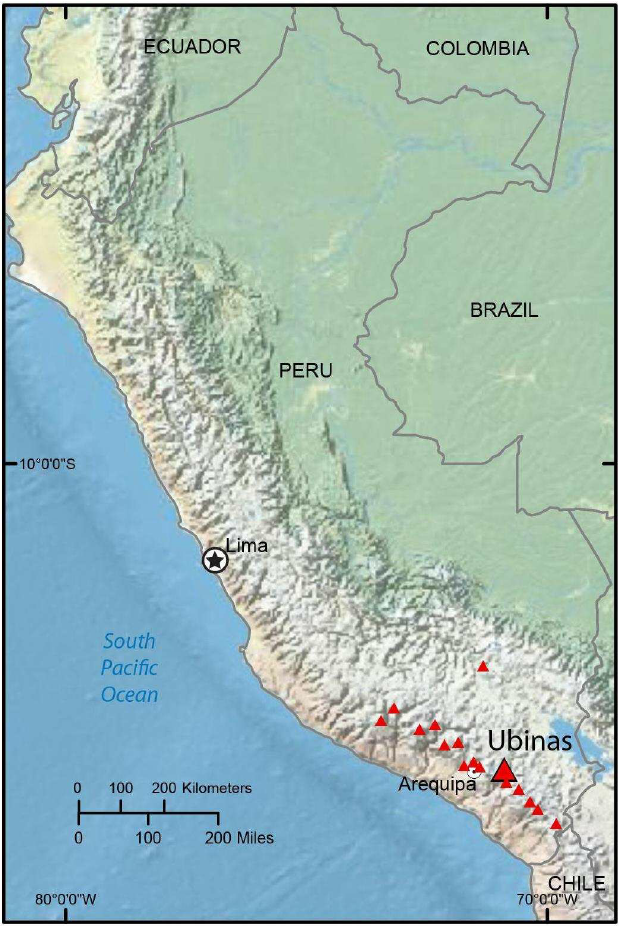Free Courses Sale ends Soon, Get It Now


Free Courses Sale ends Soon, Get It Now



Disclaimer: Copyright infringement not intended.
Context
State of emergency was declared in Peru's Moquegua region due to the activity of the Ubinas volcano.
Details
Volcano Activity and Impact
Precautionary Measures
Geographical Context
Previous Eruptions and Volcanic Region
About Peru
Cultural and Historical Significance
Economy and Industries
Environmental Diversity and Biodiversity
Challenges and Conservation Efforts
Cultural and Ethnic Diversity
|
PRACTICE QUESTION Q) Match the following:
Select the correct answer using the codes below: (A) 1- A, 2- C, 3-B, 4-D (B) 1-C, 2-B, 3-D, 4-A (C) 1-D, 2-B, 3-A, 4-C (D) 1-B, 2-D, 3-A, 4-C Answer: D |
https://www.republicworld.com/world-news/south-america/perus-ubinas-volcano-spews-smoke-and-ash-emergency-declared-in-moquegua-articleshow.html
© 2024 iasgyan. All right reserved